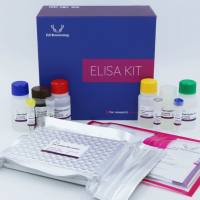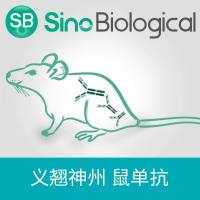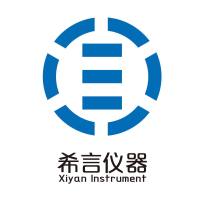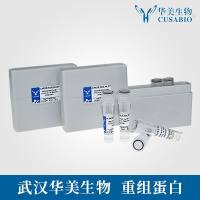Skin fibrosis is involved in several pathologies as hypertrophic scar or scleroderma. The determination of the mechanisms at the origin of these problems is however difficult due to the low number of in vivo models. To bypass this absence of animal models, studies typically use human pathological cells cultured in a monolayer way on plastic. However, cell behavior is different according to the fact that cells are on plastic or embedded in matrix. Using a tissue engineering method, we have developed new in vitro models to study these pathologies of the skin. Human pathological cells are used to reconstitute a three dimensional fibrotic tissue comprising the dermal and the epidermal parts of the skin. This method is called the self-assembly approach and is based on the cell capacity to reconstitute in vitro their own environment as in vivo. In this chapter, protocols generating reconstructed pathological skin using this approach are detailed. The methods include extraction and culture of human skin keratinocytes and fibroblasts from very small cutaneous biopsies. In addition, a description of the protocols for the production of fibrotic dermal sheets can be found to obtain a model of fibrotic dermis that can be associated or not with a fully differentiated epidermis.






